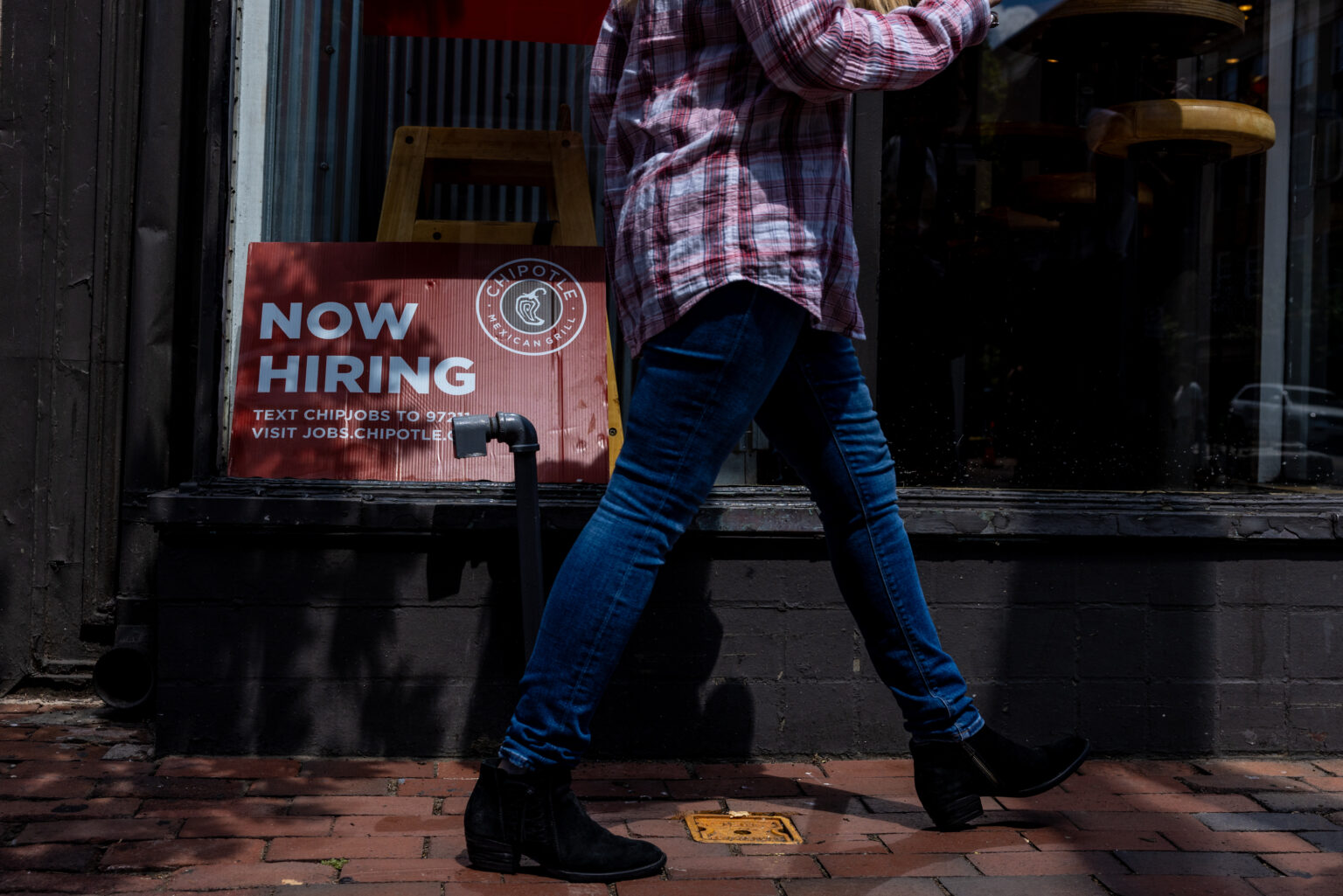The number of open jobs in the United States slipped lower than expected in July, signaling a loss of momentum in the labor market that could have troubling implications for the broader economy.
According to data published by the U.S. Bureau of Labor Statistics, job openings nationwide sank to 7.67 million by the end of July, a dip from 7.91 million postings in June. The reading marks a 19-month low after peaking at over 11 million last year, underscoring how dramatically hiring demand has deteriorated.
In a recent speech, Federal Reserve Chair Jerome Powell referenced the declining ratio of unemployed workers to job openings as evidence of “unmistakable” cooling.
The Fed imposed a series of high interest rates in mid 2021 with the intention of slowing the labor market following 2021’s Great Resignation trend. Powell suggested job market deterioration could necessitate additional rate cuts to stabilize employment.
Related: Powell: “Time Has Come” to Cut Federal Interest Rates
Without question, employers have slammed the breaks on adding new jobs. Between rising inflation, recession fears, and other uncertainties, companies are reluctant to take on the risk and cost of expanding payrolls.
The news startled economists, who had predicted 8.1 million vacancies in July thanks to June’s initially reported figure of 8.18 million. That number was retroactively revised down by nearly 300,000, revealing even more lost momentum than anticipated.
Additionally, after a brief rebound in June, the rate at which workers voluntarily left positions retreated once more in July to just 2.1% – evidence that employees feel less emboldened to quit without solid prospects. That could be an ominous signal, suggests Bill Rhodes, a labor analyst with Secura Financial.
With gloomy labor data piling up, the Federal Reserve is facing intensifying pressure to aggressively intervene in supporting the economy and tempering a potential downturn. Following the jobs report, market predictors boosted the odds of a substantial 0.5 percentage point interest rate cut at the Fed’s September meeting to nearly 50-50.
More clarity on the health of the jobs sector will arrive on Friday when the government issues its official employment snapshot for August. Though predicting a partial correction from July’s gloom, economists caution more deterioration could tip policymakers’ hands toward drastic action.
If the job market continues to weaken, that may force the Fed’s hand in getting rates down quickly. They may respond with the pedal to the metal to prevent a recession.
Though a single month does not constitute a trend, July’s sudden cooldown after a year of feverish growth set nerves on edge. Continued vigilance of economic vital signs – especially employment – will be crucial to calibrating an appropriate policy response.
Related: Job Seekers Caught in Never-Ending Interview Marathons, Only to Be Ghosted


